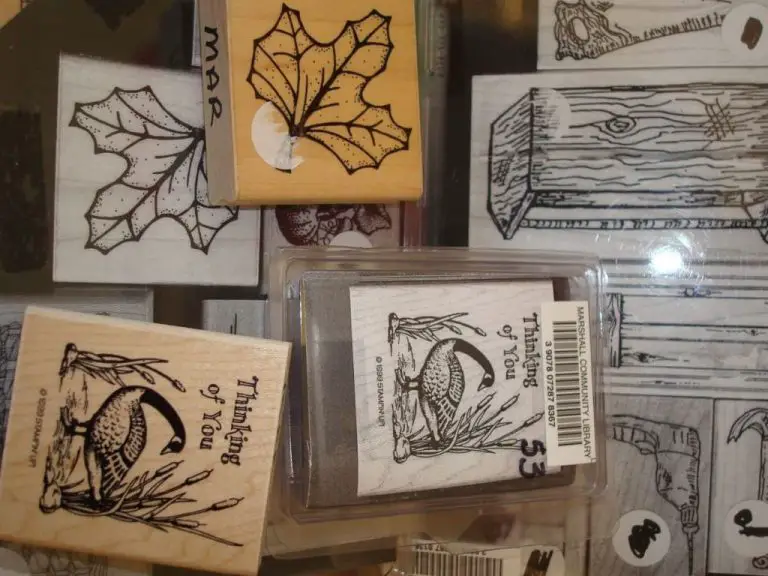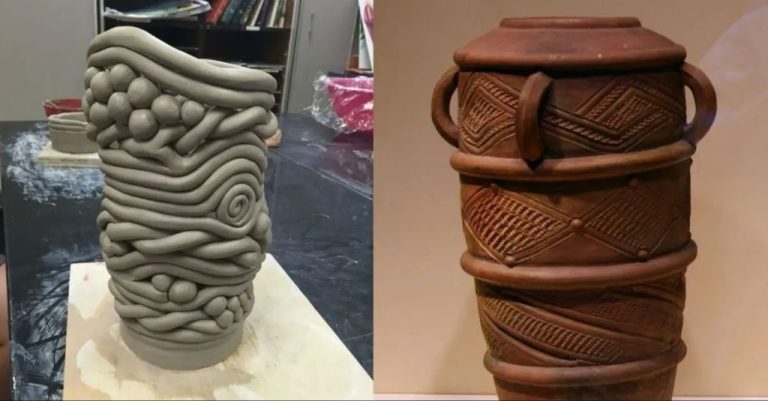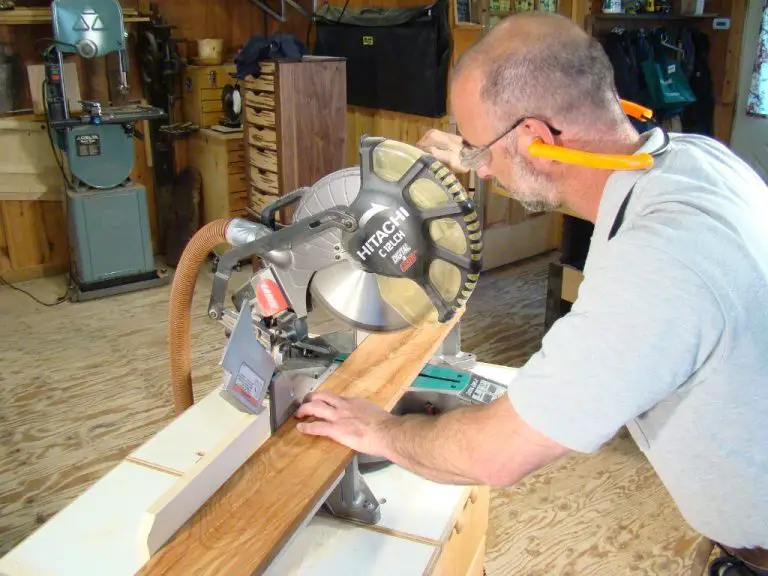What Were Scrapers Used For?
Scrapers are blunt stone tools that were an essential part of daily life for ancient cultures around the world. They were used for a variety of purposes including food preparation, leatherworking, woodworking, making other stone tools, pottery production, working bone and antler, textile making, plastering, and painting. Scrapers are characterized by their blunt, chisel-like working edge, which allowed them to scrape hides, wood, and other materials. They were made by chipping one or more edges of a stone flake to create a durable beveled surface ideal for scraping tasks. Scrapers were ubiquitous among prehistoric hunter-gatherer and agricultural societies globally and were an indispensable multi-purpose tool for thousands of years.
Food Preparation
Scrapers have long been an essential tool for food preparation. In the kitchen, scrapers are useful for cleaning vegetables and fruits, cleaing cookware, and handling doughs and batters. Metal or plastic scrapers with handles can scrape off skins, rinds, and blemishes from produce. They are also handy for scraping batter out of bowls and pans and dividing dough. According to The Best Bench Scrapers of 2024 – Serious Eats, a bench scraper with a stiff blade is ideal for portioning dough and scraping up trimmings.
Scrapers are also commonly used in commercial food preparation and processing. For example, Union Jack Tools offers FDA-compliant scrapers and paddles for scraping animal hides and removing meat in butcher shops or food processing plants. The heavy-duty metal scrapers can scrape off fat, hair, and tissue on animal hides during processing. They are an essential tool for sanitation and food safety.
Leatherworking
Scrapers were an essential tool for processing animal hides and skins to produce leather during the Stone Age. According to an article on Science News, archaeologists uncovered seven bone scrapers crafted from antelope and cattle ribs in a cave in Morocco. These rib bone scrapers from over 20,000 years ago provide evidence that prehistoric people used specialized tools to transform raw hides into leather.
Leatherworkers in the Stone Age relied on scrapers for multiple stages of leather production. Scrapers were first used to clean tissue, fat, and meat off freshly skinned animal hides in a process called fleshing. Scrapers then helped remove hair from hides through liming and assisted in thinning and softening the leather. Finally, smooth scrapers burnished the grain side of leather to create an attractive smooth finish. While stone, bone, antler, and shell were common scraper materials, leatherworkers preferred rib bones for their ideal shape and hardness.
Scrapers continue to be used in modern leathercraft for finishing leather. Leather scrapers today come in a variety of materials like steel, brass, and exotic hardwoods. According to Two Cherries, scrapers produce a smooth surface and protect leather against moisture and dirt. Both prehistoric and contemporary leatherworkers relied on the versatility of scrapers for transforming animal hides into useful leather.
Woodworking
Scrapers have long been an essential woodworking tool for smoothing and refining wood surfaces. The most common type of scraper used for woodworking is the card scraper, a thin flexible piece of steel with a turned edge or “burr” that allows it to shear off thin shavings of wood (https://theartoflutherie.com/card-scrapers/). Card scrapers remove only tiny amounts of material with each pass, allowing for fine control over the finished surface.
Scrapers are ideal for smoothing difficult woods with changing grain patterns, removing glue or finish buildup, evening out mill marks, or achieving a glass-smooth finish not possible with sandpaper alone (https://kmtools.com/blogs/news/how-to-use-card-scrapers). They are applied after initial dimensioning with planes and before sanding. With skillful use, scrapers can produce a surface equal or superior to the most finely sanded finish.
Scrapers produce thin continuous shavings or “scrapers” versus the dust of sandpaper. This allows the woodworker to read the surface they are working and address areas needing more attention. Scraping also avoids filling pores with dust. Card scrapers are inexpensive, easy to sharpen, and leave clean cuts allowing for more efficient finishing stages.
Stone Tool Making
Scrapers were essential tools in the stone toolmaking process used by early humans. They were used to shape and smooth stones into tools like projectile points, knives, and other weapons. According to the Scraper (archaeology) Wikipedia page, scrapers are unifacial stone tools that were likely used for woodworking and preparing animal hides as well. However, they were an indispensable part of the lithic reduction process for shaping stone tools.
Scrapers had a steep edge that allowed early humans to scrape and shape stones by removing flakes and irregularities. There were various types of scrapers including end scrapers, side scrapers, and spoke shaves. End scrapers tended to be made on thick flakes and were used to work the ends of sticks or stones. Side scrapers were utilized to scrape hides and pelts during the tanning process. Spoke shaves had a concave scraping edge perfect for shaping wooden shafts and spear handles.
Scrapers represented an advancement in stone tool technology that allowed more control and precision when crafting important hunting and processing tools. They enabled early humans to create highly specialized tools like arrowheads, knives, awls, and more. Scrapers were an indispensable part of the stone toolmaking process and gave early humans the ability to craft the tools they needed to survive and thrive.
Pottery
Pottery scrapers have long been an essential tool for potters working with clay on the potter’s wheel. Scrapers are a type of rib tool used for smoothing, shaping, and finishing thrown pottery forms. Scrapers come in a variety of materials such as wood, rubber, plastic, or metal.
Metal pottery scrapers are especially useful for smoothing and compressing the clay surface, removing excess clay, and creating decorative effects. Steel scrapers provide rigidity for scraping and burnishing leather-hard clay. Scrapers can create grooves, lines, or other textures in the surface. Scrapers are commonly used after throwing on the wheel while the clay is still soft and pliable.
According to Dick Blick Art Materials, “Scrapers are similar to ribs, but are usually lighter in weight with a more flexible blade allowing greater control over the clay surface.”[1] Scrapers produce a smooth, polished surface and refine the shape and contours of pottery.
Bone/Antler Tools
Ancient peoples made a variety of tools from animal bones and antlers. Scraper tools fashioned from bones were an essential part of this process. To make bone tools, bone had to be scraped down and shaped into the desired form.
Archaeologists have found many bone scraper tools at prehistoric sites. These were likely used to scrape and smooth bone and antler to craft implements like needles, fish hooks, harpoons, and tools with handles. Using a scraper was an important step in shaping bone and antler into useful objects.
Scrapers were used to remove tissue, fat, and periosteum (the membrane on the outer surface of bone) from bones and antlers. They scraped off uneven surfaces and shaped the material. Scraping helped create a smooth, even surface for drilling holes or carving designs. It was an early form of manufacturing tools from available natural resources.
Bone scrapers came in various shapes like rounded, rectangular, or chisel-like. They were made from materials like flint, seashells, or other animal bones, which created a rough scraping surface. Some handles were carved to improve grip. Scrapers made it possible to craft specialized bone and antler tools for tasks like sewing, fishing, and hunting.
Sources:
https://www.gervetusa.com/bone-scraper-dental.html
https://salvin.com/product-category/bone-grafting-instruments/bone-scrapers/
Textile Making
Scrapers were an essential tool for early textile making. One key use was preparing animal hides and fur for spinning into yarn and thread. Scrapers were used to remove fat, tissue, and membrane from hides to expose the hair follicles. The hair could then be carded and spun into yarn for weaving and sewing. Scrapers with dull edges were ideal for this delicate scraping without damaging the hide (Carpet Bone Scraper Fabric Clothing Scrape Spot and ….
Scrapers were also used in the textile finishing process. After weaving or sewing a textile, scrapers helped remove excess fuzz and fibers from the surface. Scraping created a smoother, tighter weave. Bone scrapers were common due to their durability and ability to gently scrape fabrics. Scrapers remain useful today for spot cleaning stains from clothing and furniture (Bone Scraper).
Painting and Plastering
Scrapers were important tools for preparing surfaces for painting or plastering. Before applying paint or plaster, the surface needed to be cleaned and smoothed. Scrapers allowed workers to remove any old paint, plaster, or debris to create a clean surface for the new coat (see Amazon.com: Plaster Tools, Walmart: Plaster Scraper).
There were various types of scrapers used for this purpose. Metal scrapers with rigid blades could scrape off old materials and smooth uneven surfaces (see Home Depot: Paint Scrapers). Scrapers with curved or angled blades allowed workers to reach corners and crevices. Larger scrapers covered more surface area for efficient scraping. The key was using the right scraper to thoroughly prepare the surface before painting or plastering.
Having a clean, even surface was crucial for the paint or plaster to properly adhere and produce a quality finish. Scrapers were an indispensable tool to achieve the necessary surface preparation. Skilled workers would carefully scrape until the walls, ceilings, or other surfaces were ready for the next step. The attention paid to thorough scraping was evident in the high quality and durability of many historic paint and plaster finishes.
Conclusion
Scrapers have served various important functions across human history. From the earliest days of civilization, they were an essential tool for food preparation tasks like removing meat from animal hides or cleaning fish. As crafts like leatherworking, woodworking, and pottery advanced over the ages, scrapers continued to assist artisans with shaping and smoothing materials. They helped produce key items ranging from clothing and shoes to furniture and storage vessels. Even with the introduction of metal tools, scrapers made from materials like bone, antler, and shells remained useful for delicate work. Their simplicity and efficacy at removing or shaping surfaces made them a ubiquitous presence in many workshops. While their basic form has remained unchanged, scrapers have proven endlessly adaptable at meeting humanity’s needs. They exemplify how even the most basic tools can have an outsized impact on the advancement of human industry and culture when applied with ingenuity.





